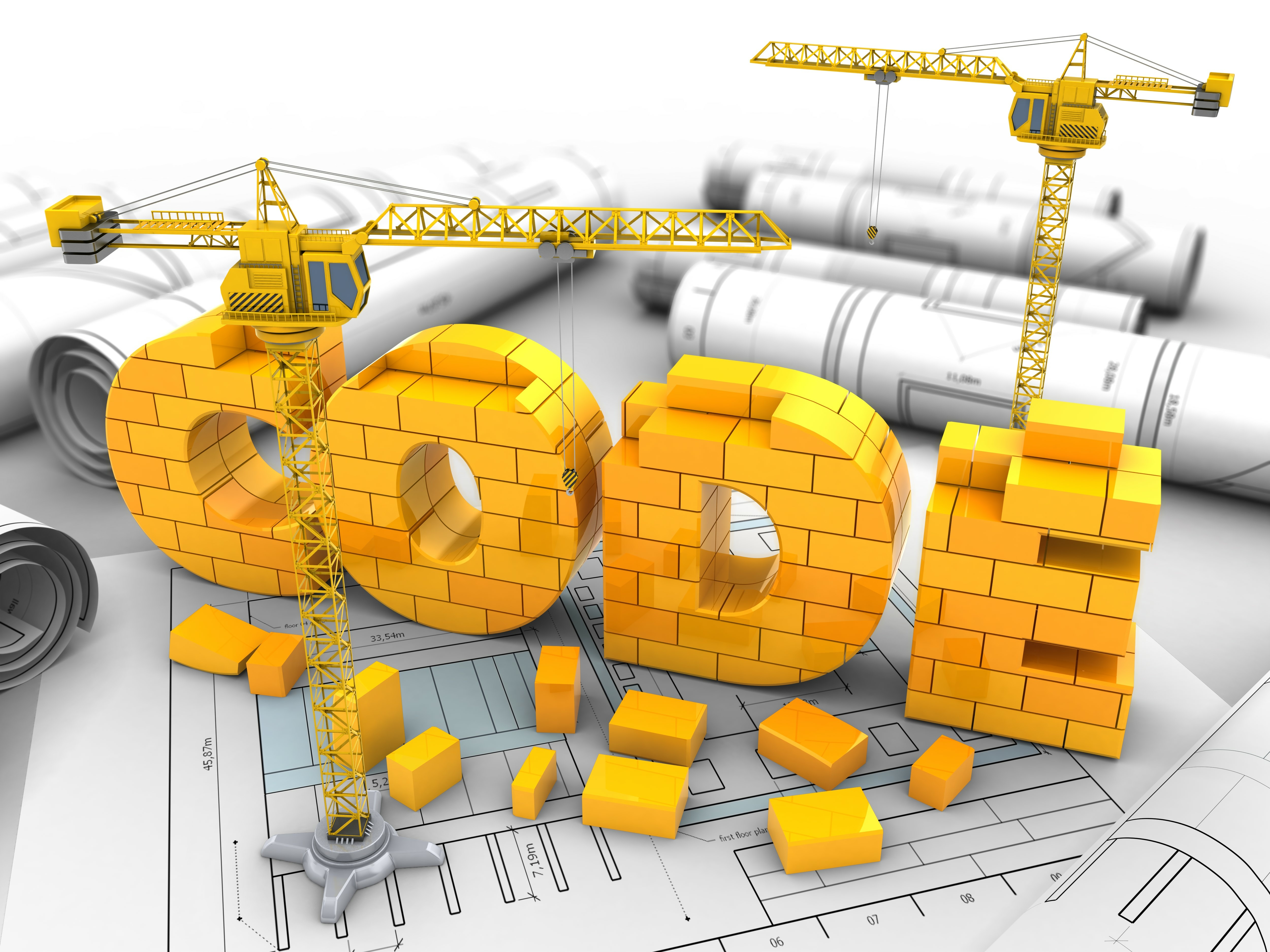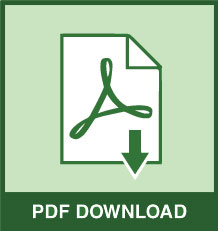Which Version of the IBC Are You On?


Building codes and standards are crucial for any construction project. They set the guidelines for builders, ensuring that all construction and design aspects are safe, resilient, and durable. With these codes governing the establishment of your structure, you can walk safely and confidently into a building without the fear of it crumbling down or suddenly being set on fire.
The International Building Code (IBC) is the primary construction standard used in the U.S., serving as a basis for the entire Family of International codes. Read on to learn more about IBC 2021 and which version you need to reference for your construction projects.
What is the International Building Code?
The IBC addresses the layout and fortification of construction materials to target public safety goals. In creating the IBC, transparency is prioritized through evidence-based engineering and scientific theories. Many experts (construction firms, design professionals, product manufacturers, and enforcement personnel) are involved in its formulation, providing recommendations on specific construction issues.
-
What is the history of IBC?
Before IBC 2021 was established, each state’s criteria and performance standards were left to each state to develop, resulting in various standards and regulations.
Consequently, codes from different states were often unique and contradictory. In addition, the vast array of differences in guidelines across many states made it difficult for stakeholders (contractors, architects, U.S. glass manufacturers, specifiers, and designers) to offer solutions to address diverse needs.
Designers, contractors, and manufacturers experienced challenges in effectively running their businesses across varying geographic borders. To solve this issue, a more universal and standardized system was developed, from which the IBC emerged. As a result, IBC 2021 can either be adopted as-is or revised locally, as long as its regulations and standards are not drastically changed but instead form a uniform regulatory framework across a region or nation.
-
Who develops the IBC?
The International Code Council (ICC) is accountable for the IBC and the International Residential Code (IRC). These codes direct the construction of residential and commercial structures, remodeling practice, and other local code regulations. These are in addition to established standards that already encompass mechanical systems such as pipes and wirework.
-
When was the first edition of the IBC published?
In 1997, the first edition of the IBC was declared. Unfortunately, due to its many flaws, it was not widely accepted. It was revised in 2000, and the first comprehensive and coordinated set of the IBC was established.
All three organizations—the Building Officials and Code Administration or BOCA, International Conference of Building Officials or ICBO, and Southern Building Code Ingress International or SBCCI—agreed to adopt the IBC and ceased the development of their respective separate guidelines.
As such, IBC 2021 now replaces the BOCA/NBC (National Building Code), UBC (Uniform Building Code), and SBC (Standard Building Code) and is used by various states and local governments in their new consolidated regulations.
-
Is the IBC used in other countries aside from the U.S.?
IBC 2021 is used by other countries aside from the U.S. In fact, both Canada and the U.S. have the same development process for these regulations, with the objective of transparency and empowerment of all stakeholders in formulating codes and standards.
Why are there multiple versions of the IBC?
The ICC publishes a new version every three years, considering the proposed changes submitted by enforcement officials, design experts, and industry players. The current edition of the IBC is the 2021 version, also referred to as ICC IBC 2021.
Like the long history of its antecedents, IBC 2021 establishes basic standards for building processes that make it possible to use new materials and create more innovative building designs. In addition, these regulations are implemented to provide a desirable level of safety, public health, and general welfare through prescribed and performance-related regulations.
The IBC Chapter 7 Tables
IBC 2021’s Chapter 7 tables are an essential resource for U.S. glass manufacturers, contractors, architects, and construction teams to ensure fire safety in a project. This section primarily focuses on the requirements of fire-resistance-rated construction for partitions, structural members, horizontal assemblies, and walls.
Additionally, it further illustrates which infrastructures need fire-resistance-rated elements, specifying the proper features and structure of these elements, how you can protect walls and partitions, and how penetrations of such elements should be guarded.
If you’re a construction firm, you should consider these tables when choosing U.S. glass manufacturers to partner with when installing fire-rated glass and framing applications to ensure your building’s safety and reliability.
| 2021 IBC CHAPTER 7 TABLES | 2018 IBC CHAPTER 7 TABLES | 2015 IBC CHAPTER 7 TABLES | 2012 IBC CHAPTER 7 TABLES |
 |
 |
 |
 |
Which IBC version does your state use?
Do you always have to use the latest version of the IBC to stay compliant with safety codes? Not necessarily. The reason is that the IBC is but a model code, which is then adopted and modified as necessary by various jurisdictions to fit local requirements and conditions.
That’s why you need to check which version of the IBC your state uses as a basis for your building code. You can check out ICC’s interactive map that shows the IBC adoption per state to ensure you’re following the right standards.
Safety First
Because of the IBC, the structures fabricating society—from your workplace, school, or home to hospitals and malls—are safe. Given the comprehensive chapters of interconnected rules in the IBC, you are afforded detailed descriptions of how to handle repairs or demolitions, construction projects, and renovations.
As a player in the construction industry, it is crucial to choose the proper manufacturer to meet these standards. SAFTI FIRST creates USA-made fire-rated solutions that can improve your building’s fire safety without compromising aesthetics and sustainability.
Contact us today to learn how our fire-rated solutions can give your building the level and quality of safety and protection it needs.